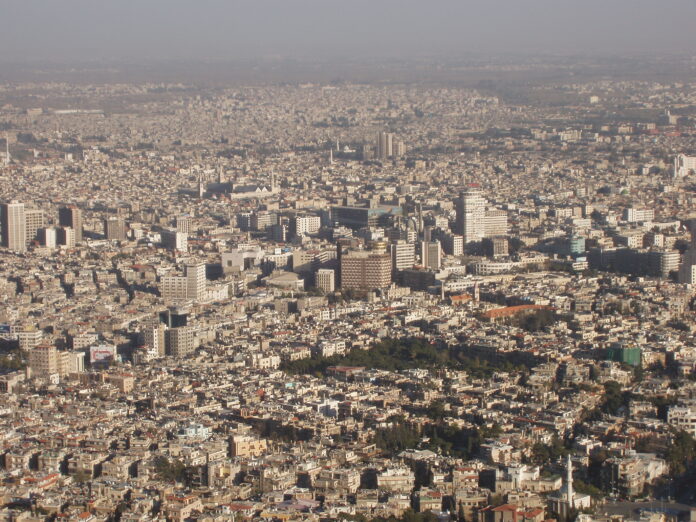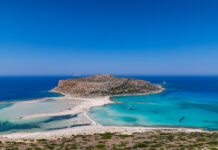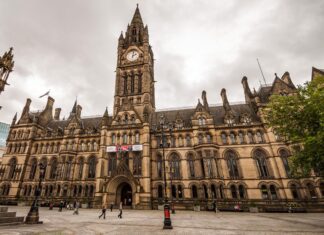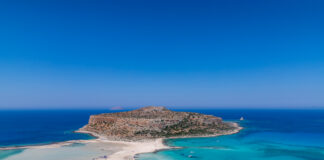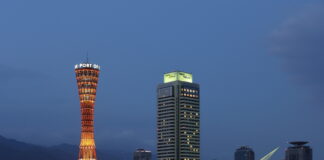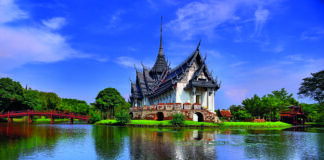Dubbed the "Pearl of the East," Damascus is one of the world's most ancient, continuously settled cities. Its ancient history, unique architecture, diverse food, and rich culture make it a remarkable destination. This guide will provide insights into the city's cuisine, cultural highlights, travel recommendations, exciting facts, and top places to visit.
Food
The gastronomic scene of Damascus is a mirror of Syria's rich and diverse culinary heritage. The city offers a range of tastes that reflect its history of cultural interaction.
Falafel and shawarma stands are ubiquitous, serving these delicious and quick staples of Syrian cuisine. For a more unique Damascene dish, try the Fatteh, a layered dish made with bread, chickpeas, yogurt, and pine nuts.

A trip to Damascus would only be complete with tasting Baklava and Ma'amoul, local sweet pastries often stuffed with dates, walnuts, or pistachios.
Visiting the Al-Hamidiyah Souq, you will be surrounded by the enticing smells of spices and local foods. This lively market is a great place to try Damascene sweets, like the famous ice cream Bouza Al-Haleeb.
Culture
Damascus is a city steeped in history and cultural diversity, offering visitors a glimpse into several eras.
The city's historic center, the Old City of Damascus, recognized as a UNESCO World Heritage site, houses numerous significant cultural monuments. The Old City's narrow, winding streets and traditional Damascene homes tell a story of the city's past.
Religion plays a significant role in the city's cultural life. The Umayyad Mosque, alternatively referred to as the Great Mosque of Damascus, stands as one of the world's most ancient and expansive mosques. Its grandeur and spiritual atmosphere attract visitors of all backgrounds.
The city also hosts several cultural events annually, such as the Damascus International Fair and the Jasmine Film Festival, reflecting the city's rich artistic heritage.
Travel Tips
When to Visit: The optimal times to visit Damascus are during the milder spring months (April to June) and autumn (September to November).
Safety: Be informed about the current political situation, given the region's recent turmoil. However, the situation has been steadily improving.
Dress Code: For the local customs, it's advisable to adopt a conservative dress code, particularly when exploring religious landmarks.
Currency: The Syrian Pound (SYP) is the official currency. The usage of credit cards isn't widespread, and ATMs might only sometimes be dependable. It's advisable to carry enough cash.
Interesting Facts
- Damascus Steel: The city was once famous for its steel, used in crafting swords known for their toughness and sharpness.
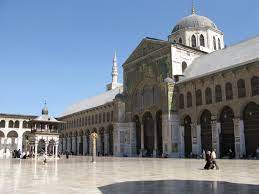
- Umayyad Mosque: This mosque houses a shrine that is said to contain the head of John the Baptist.
Top Places
Old City of Damascus: A labyrinth of narrow alleys filled with historical buildings, markets, and traditional restaurants. A must-see site in Damascus.
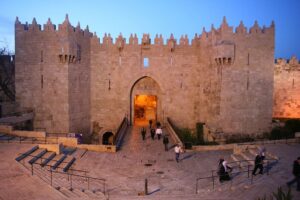
Umayyad Mosque: Known for its stunning architecture and spiritual atmosphere, it's a place that shouldn't be missed.
The National Museum of Damascus houses many artifacts spanning Syria's long history.
Mount Qasioun: For the best view of Damascus, visit this mountain, especially at sunset. There are several cafes where you can relax and take in the view.
Saladin's Tomb: Located near the Umayyad Mosque, the tomb of this famous Muslim leader is a historical site worth visiting.
Azem Palace: A beautiful 18th-century Damascene house turned museum offering a glimpse into the aristocratic lifestyle of the past.
In conclusion, Damascus is a city that can take you on a journey through time. Its captivating history, rich culture, and tantalizing food scene make it a destination worthy of exploration. The city has witnessed the ebb and flow of numerous civilizations, each leaving its unique mark and contributing to Damascus's tapestry today.

